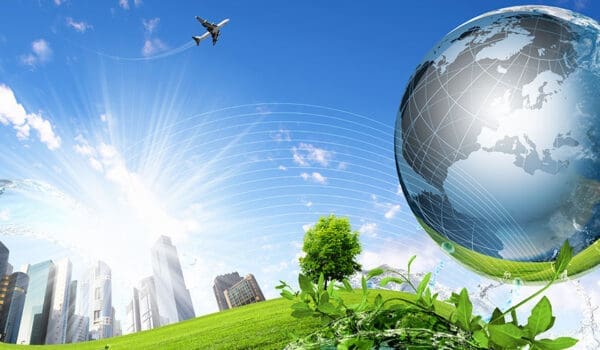There is great potential in a sustainable, circular bioeconomy. However, bioeconomy alone cannot work miracles, experts state; lifestyle, dietary and food choice behaviours must also play a role.

The European Commission (EC) have adopted a Communication on “Innovating for sustainable growth: A Bioeconomy for Europe”. This was accompanied by a Commission Staff Working Document, including a detailed Bioeconomy Action Plan.
What is bioeconomy?
Bioeconomy is explained in the Communication as “the production of renewable biological resources and the conversion of these resources and waste streams into value added products, such as food, feed, bio-based products and bioenergy”. Another definition used by the EC states that “The Bioeconomy encompasses those parts of the economy that uses renewable biological resources from land and sea to produce food, biomaterials, bioenergy and bioproducts”.
Dr. Alice Newton, senior scientist at NILU – Norwegian institute for Air Research was chair of the expert group commissioned with reviewing the EU Bioeconomy Strategy and its Action Plan.
– We found that the term bioeconomy is still quite unfamiliar to many, Dr. Newton explains.
– Thus, we need to agree on a clear and updated definition, which can be used as the basis for a shared policy agenda. Such a definition could also include concepts such as ecosystem service, health, nutrition and sustainable development goals.
Not a miracle cure
Definition aside, the thirteen strong expert panel was tasked to analyse the Strategy by evaluating actions, projects, achievements and impacts so far. In addition, they examined how the Bioeconomy Strategy and bioeconomy in general contribute to the EC circular economy objectives.
– There is great potential, says Dr. Newton. – Applied correctly, a sustainable, circular bioeconomy could ensure food security and better nutrition, as well as less contamination, less greenhouse gas emissions and better adaptation to climate change. However, we cannot save the world by bioeconomy alone. We also need to change our habits, from how we travel and live to what we eat.
In their report, the expert panel also identified risks, such as competing uses of biomass (e.g. food-fuel), land use change and loss of habitat, or those that lead to more emissions. Hence, it is important to emphasise and assess sustainability, ecosystem services, biodiversity and habitat. The challenge is to find the optimum mix and level of deployment.
As of now, the EU is the international leader in investing in bioeconomy and bio-based industries. However, the expert panel emphasizes the need for continued effort and funding to support the future development of bioeconomy. Research, development and innovation in the bioeceonomy field is, and will continue to be, an important domain for international scientific competition and cooperation with third-world countries world-wide.
Read the Expert Group Report «Review of the EU Bioeconomy Strategy and its Action Plan»

